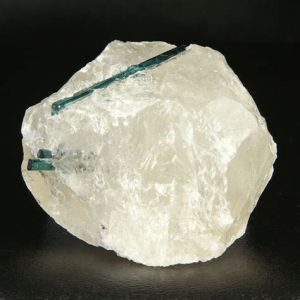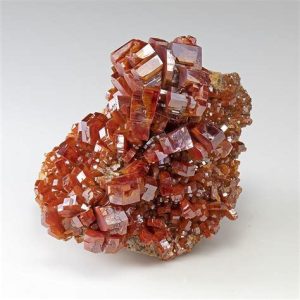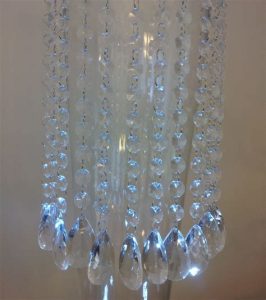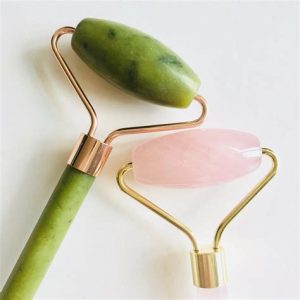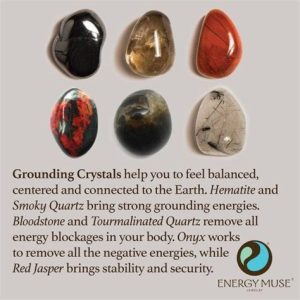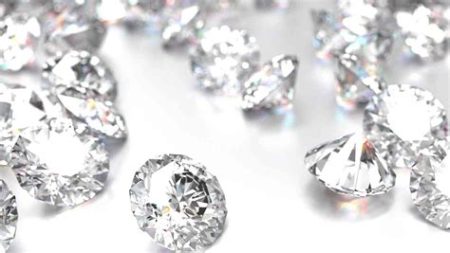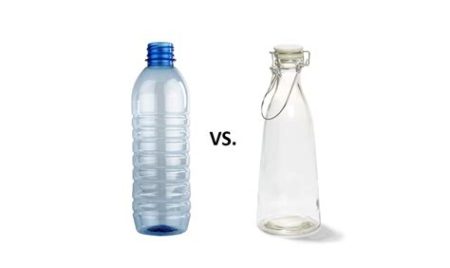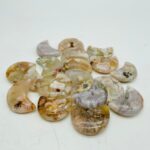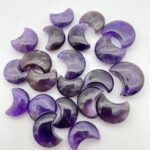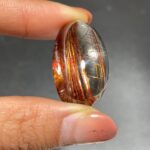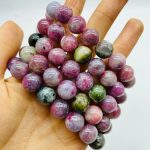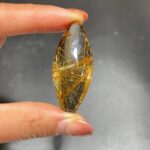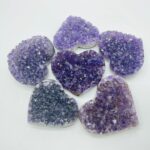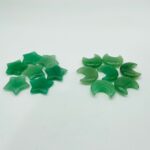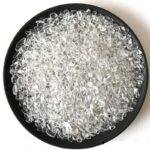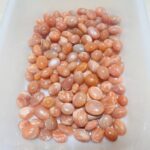Introduction
With its vibrant yellow hue and captivating brilliance, citrine has long been a prized gemstone. However, the market today is flooded with both real and simulated citrine, making it crucial for buyers to understand the differences between the two. This comprehensive guide will delve into the defining characteristics, applications, and benefits of real citrine, empowering you to make informed decisions in 2025.

Defining Real Citrine
Real citrine is a naturally occurring gemstone formed from silica crystals. Its distinctive yellow color is caused by trace amounts of iron impurities. The term “citrine” is derived from the French word “citron,” meaning “lemon,” a nod to the gemstone’s vibrant shade.
Properties of Real Citrine
- Color: Yellow
- Hardness: 7 on the Mohs scale
- Crystal system: Trigonal
- Density: 2.65 g/cm³
- Refractive index: 1.544-1.553
Simulated Citrine
Simulated citrine, also known as glass citrine or man-made citrine, is produced by heating amethyst or clear quartz to high temperatures. This process induces a permanent yellow color change, mimicking the appearance of real citrine.
Real Citrine vs. Simulated Citrine
| Feature | Real Citrine | Simulated Citrine |
|---|---|---|
| Color | Natural, yellow | Induced, yellow |
| Inclusions | May have visible inclusions | Typically clearer |
| Hardness | 7 on Mohs scale | 7 on Mohs scale |
| Crystal structure | Trigonal | Trigonal |
| Density | 2.65 g/cm³ | 2.65 g/cm³ |
| Refractive index | 1.544-1.553 | 1.544-1.553 |
| Value | Higher | Lower |
Why Real Citrine Matters
Real citrine is revered for its beauty, rarity, and metaphysical properties. It is believed to promote positivity, abundance, and creativity. Moreover, its natural origin and durability make it a timeless investment.
Benefits of Real Citrine
- Enhances mood and energy levels
- Attracts prosperity and financial abundance
- Boosts creativity and self-expression
- Strengthens relationships and communication
- Protects against negative energies
Common Mistakes to Avoid
When purchasing citrine, avoid the following mistakes:
- Confusing simulated citrine for real citrine
- Choosing citrine with low clarity or excessive inclusions
- Purchasing citrine from unreliable sources
- Assuming all yellow gemstones are citrine
Applications of Real Citrine
Real citrine is versatile and finds applications in various industries:
- Jewelry: Earrings, pendants, rings, bracelets
- Home décor: Gemstone sculptures, decorative objects
- Fashion: Embellishments for clothing, accessories
- Metaphysical: Energy healing, crystal therapy
- New Applications: Exploration in medical fields due to its energetic properties
Case Detail: Citrine vs. Yellow Topaz
To illustrate the differences between real citrine and its counterpart, yellow topaz, consider the following case:
- Citrine: Natural, yellow color, 7 on Mohs scale hardness
- Yellow Topaz: Naturally yellow or colorless, 8 on Mohs scale hardness
In this case, topaz is harder but may lack the vibrant yellow hue of citrine.
Reviews
“This citrine pendant has brought me so much joy and positivity.” – Sarah J.
“I love the rich color and clarity of my real citrine earrings.” – Emily K.
“Beware of simulated citrine; it’s not as durable.” – David W.
“My citrine bracelet has been a cherished talisman for years.” – Jessica L.
Conclusion
In the pursuit of genuine gemstones, understanding the distinction between real citrine and its simulated counterparts is essential. By embracing the natural beauty, durability, and metaphysical properties of real citrine, you can invest in a timeless treasure that will enhance your life in countless ways. As the world evolves, expect to witness even more innovative applications of this captivating gemstone, unlocking new possibilities in various fields.

